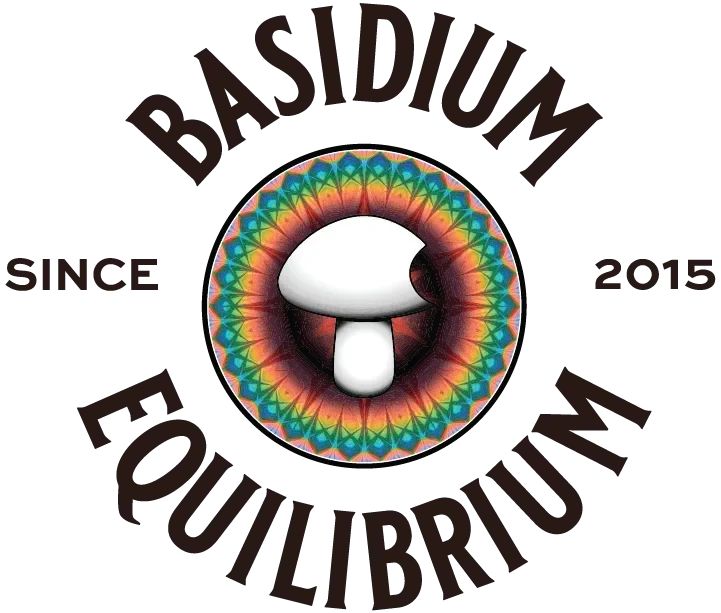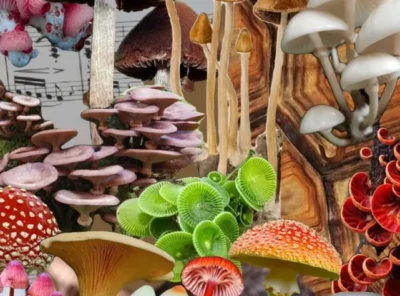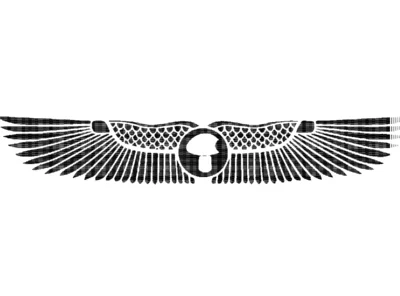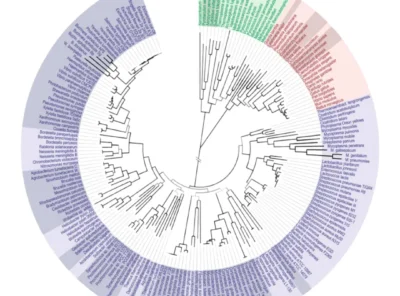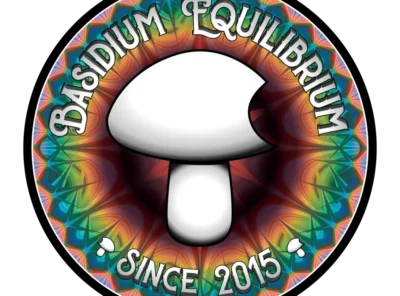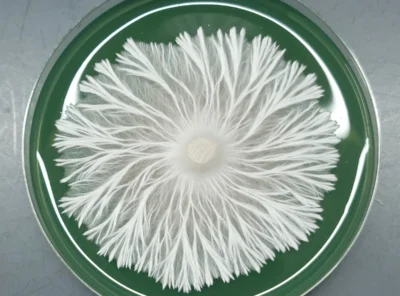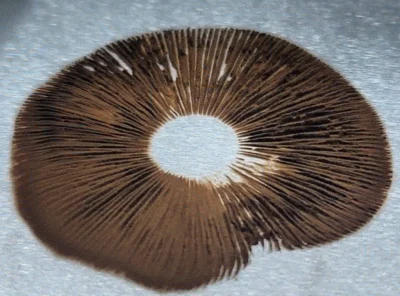Welcome to Our Genetic Vault
This treasure trove of knowledge is designed to guide you on a journey through the unique and enigmatic world of mushrooms.
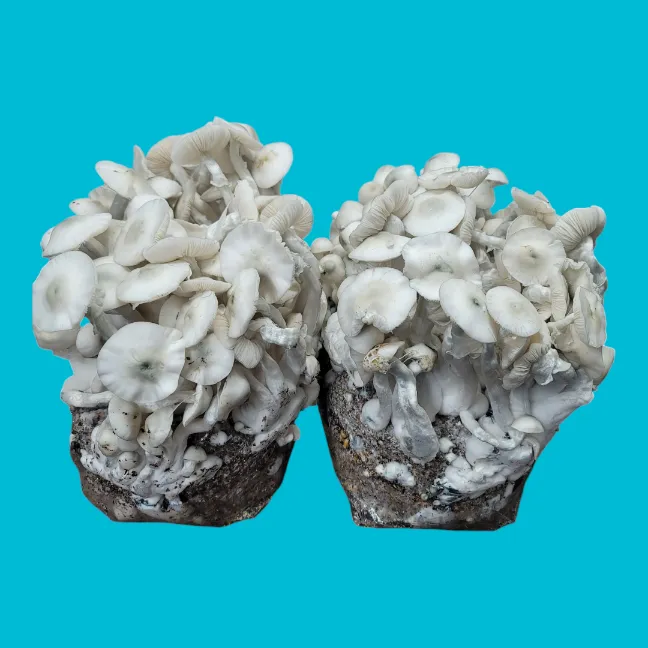
Mushroom Index Catalog
The Genetic Vaults mushroom bio pages and index show these mushrooms and their immense amount of diversity they have. For many of our strains and varieties, we catalog history, origins and microscopy anatomy.
Here science meets curiosity and the ordinary becomes extraordinary. Offering a detailed road map for anyone ready top explore the hidden depths of fungal genetics.
Genetic Vault Strain Index
|
Psilocybe Cubensis |
Strain Name
|
Bio
|
|---|---|---|
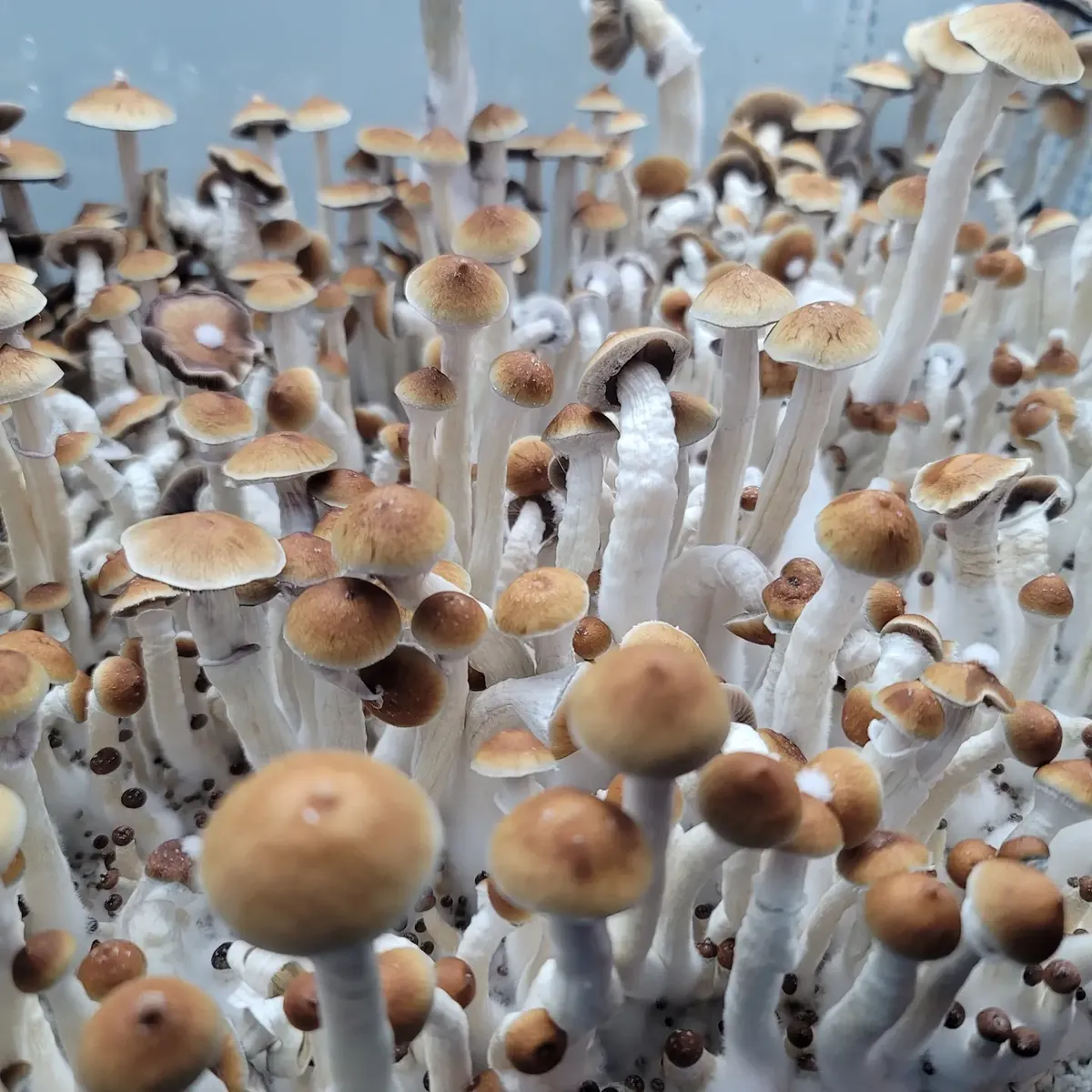 |
African Transkei
| |
 |
Albino Bluey Vuitton
| |
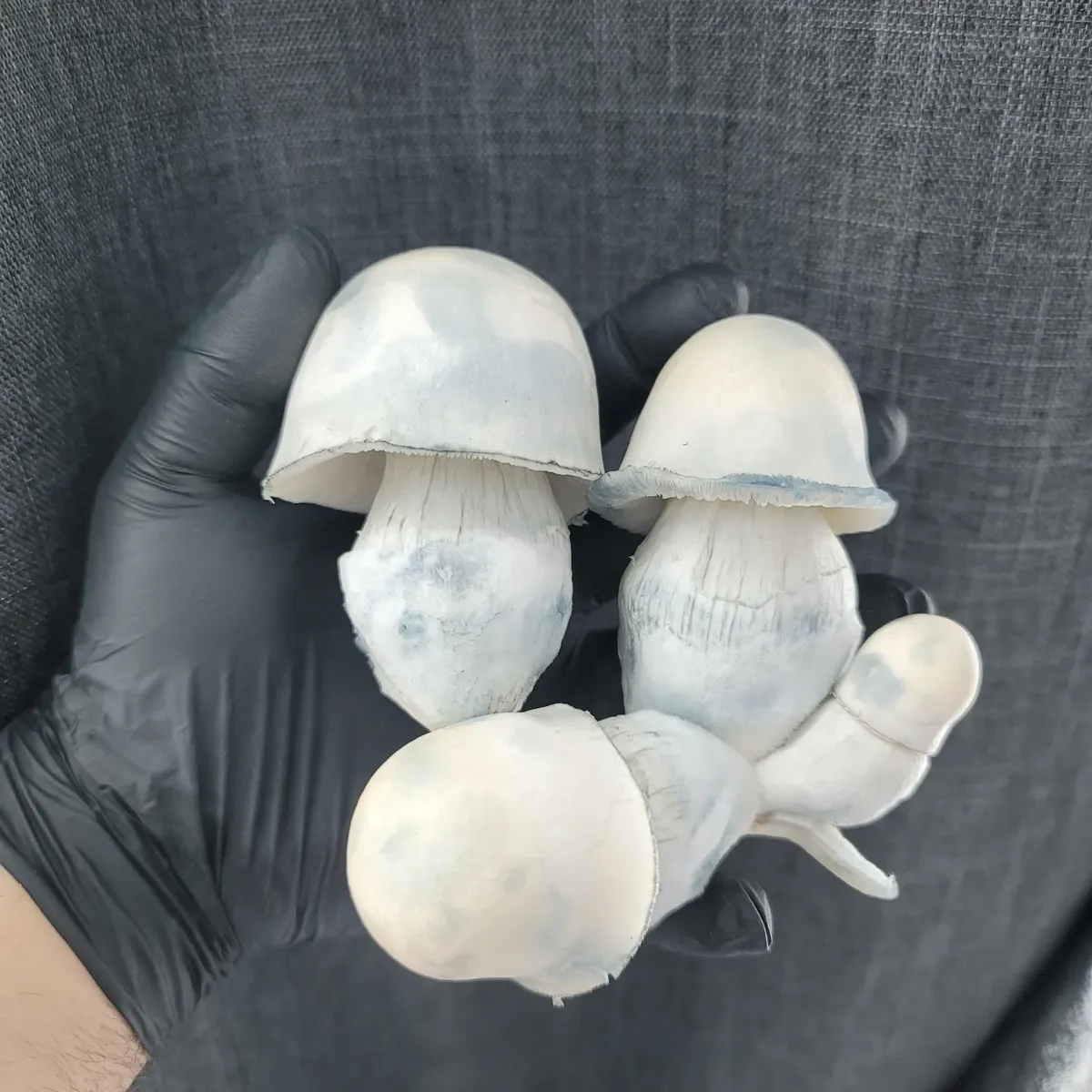 |
Albino Penis Envy
| |
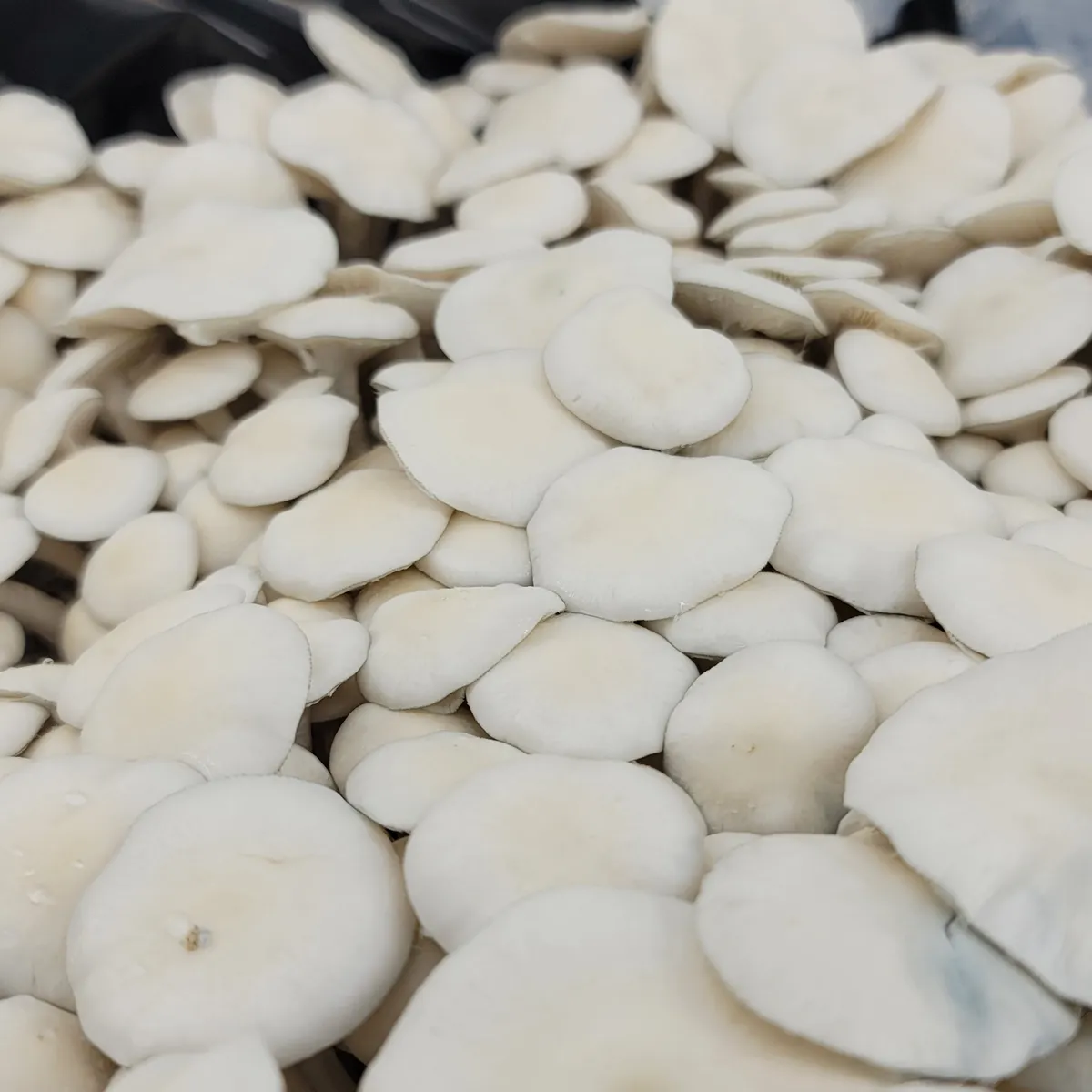 |
Albino Burma
| |
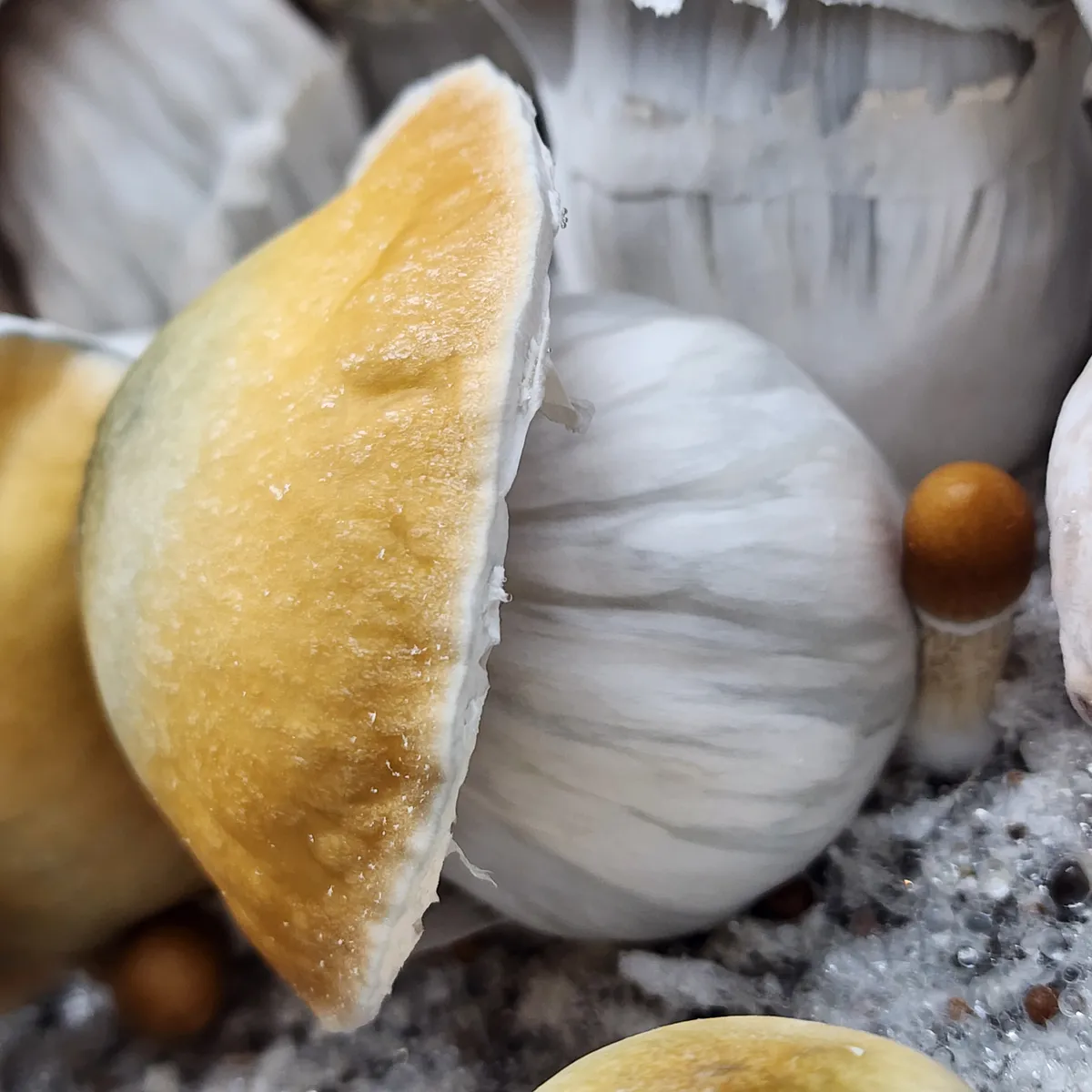 |
Apehilly Bumpkin
| |
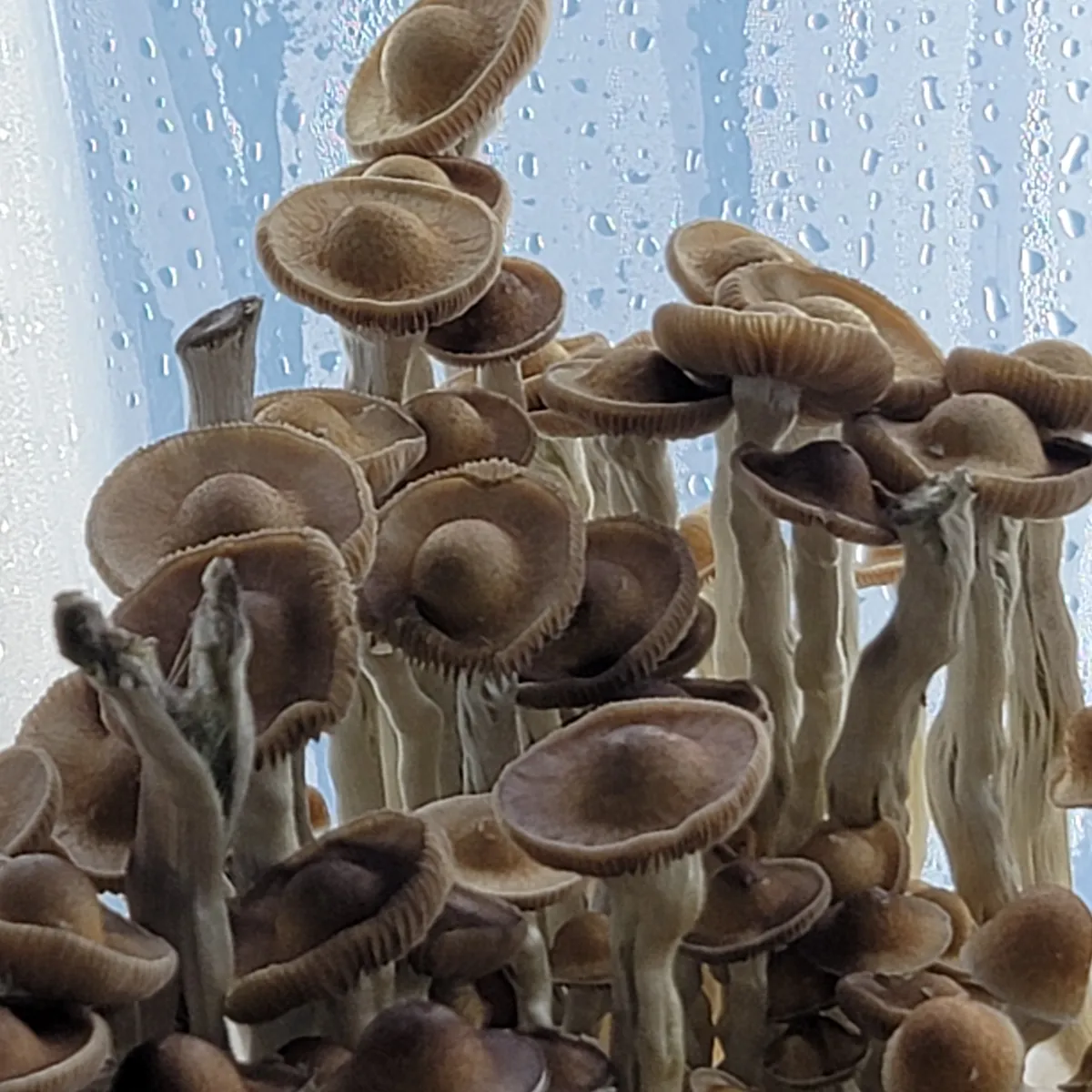 |
Arenal Volcano
| |
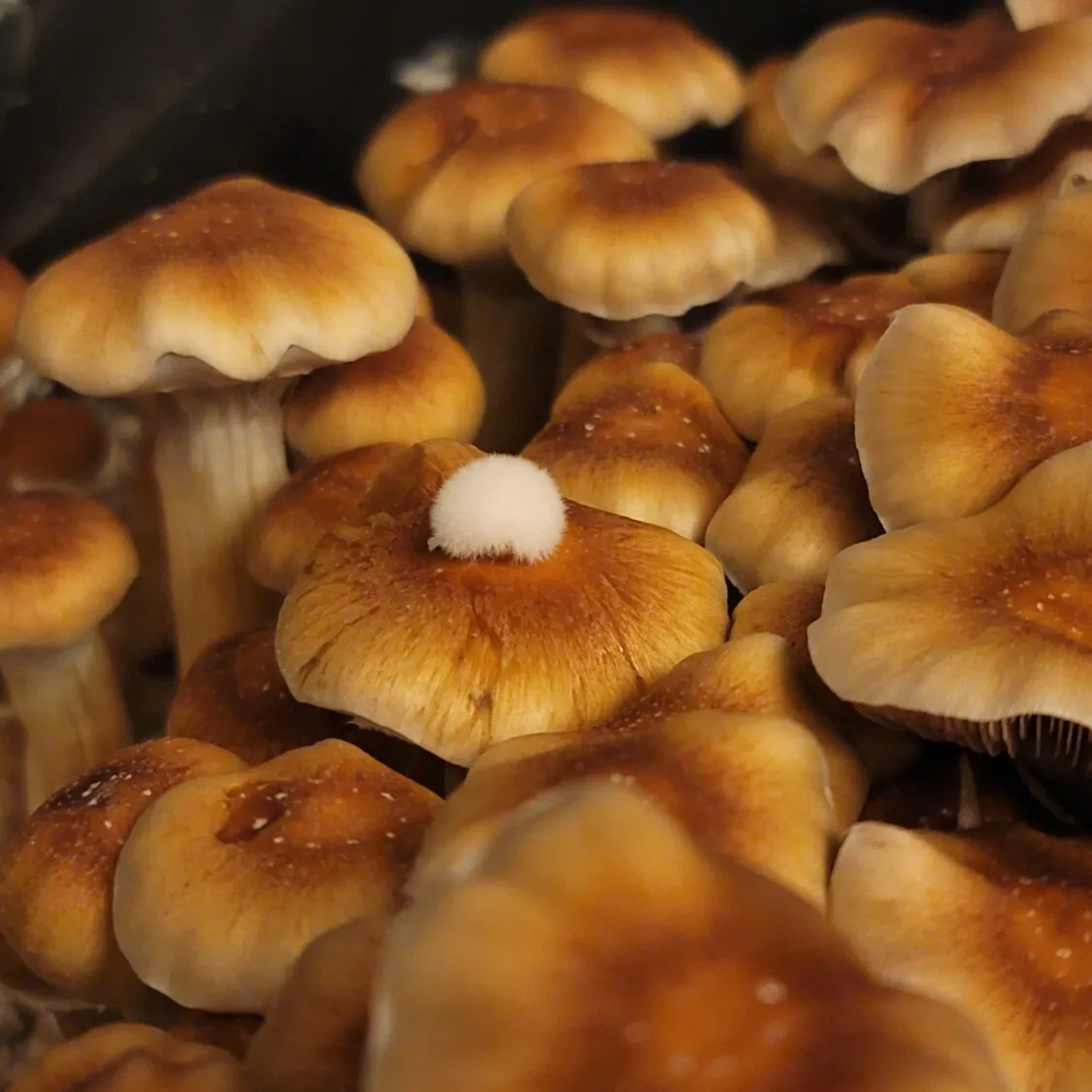 |
B+
| |
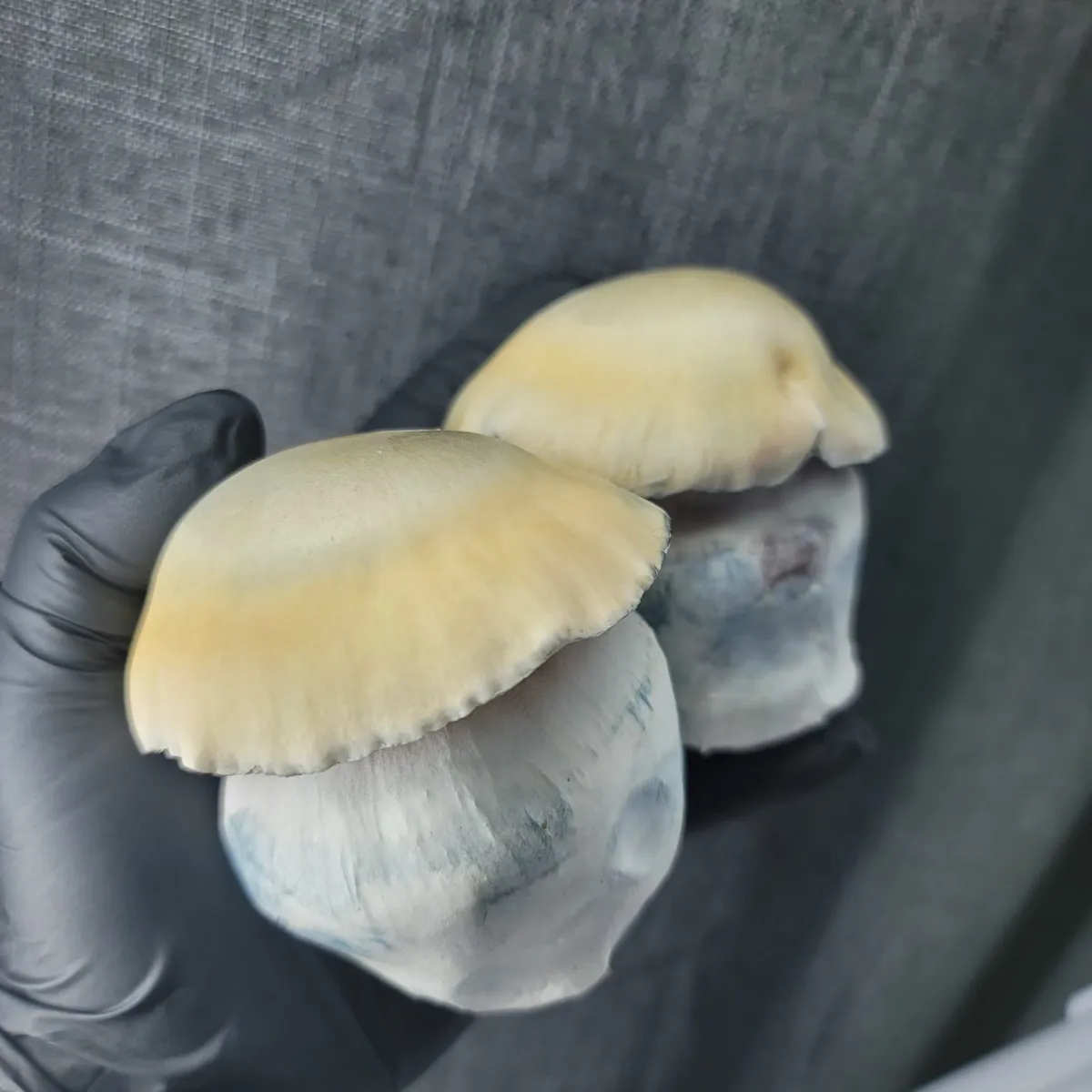 |
Bluey Vuitton
| |
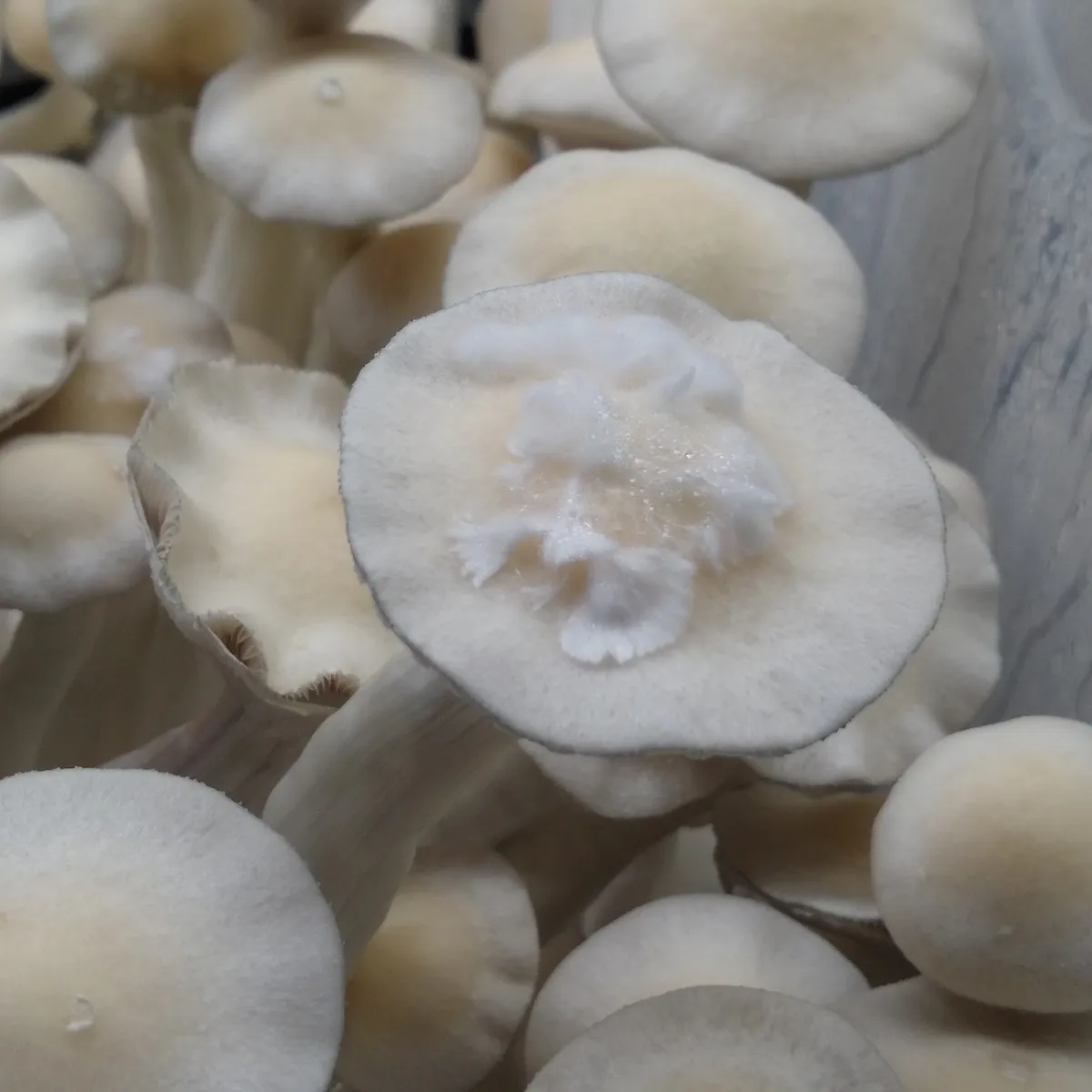 |
Burma
| |
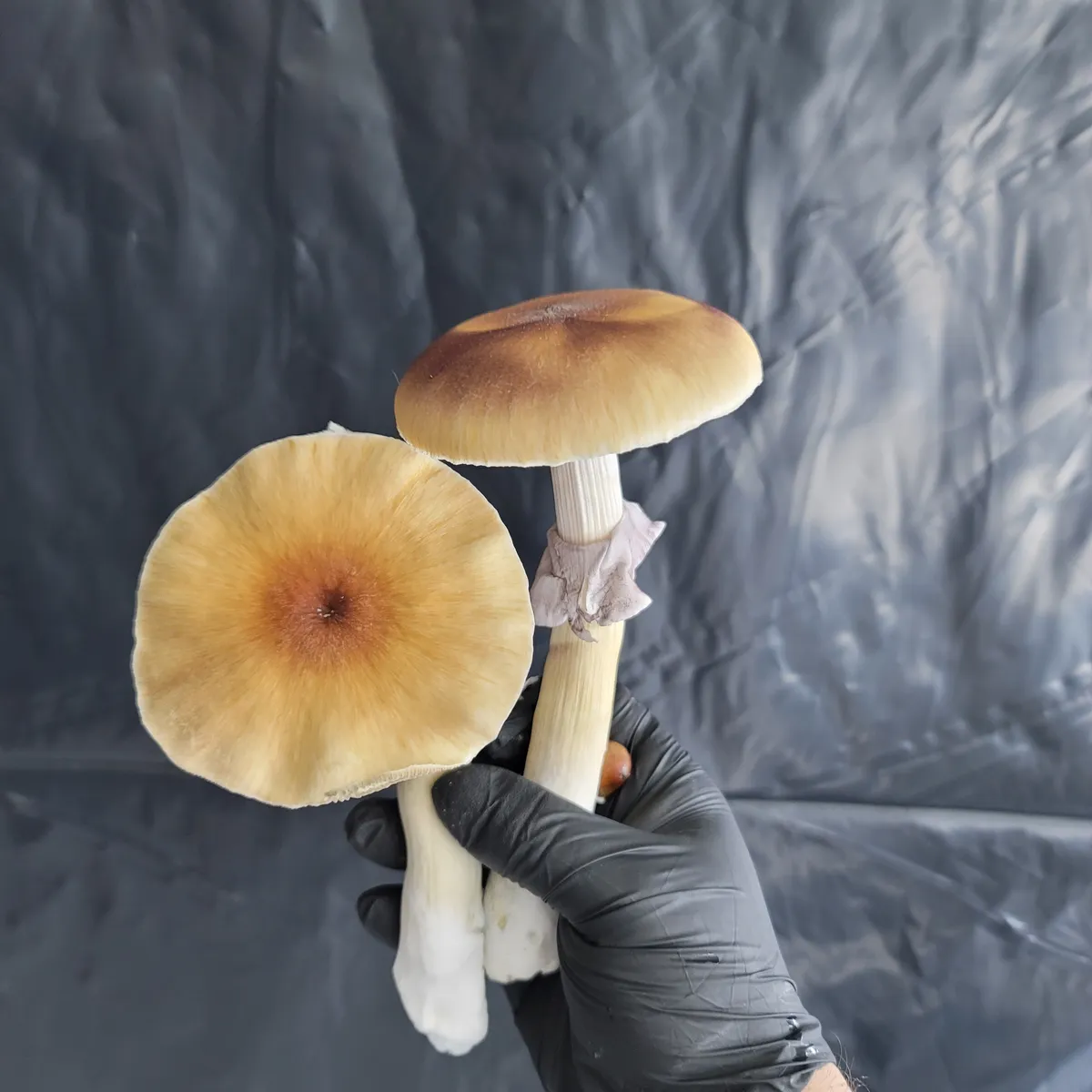 |
Cambodian
| |
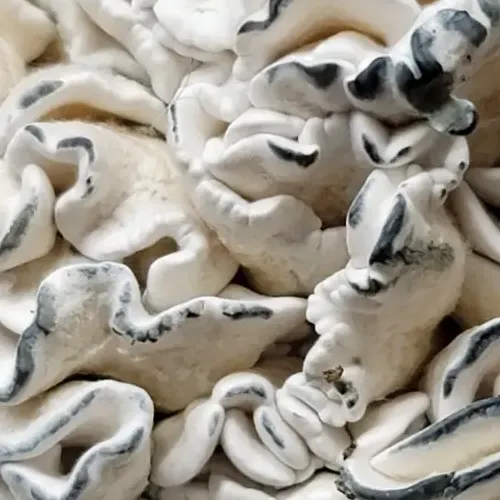 |
Enigma
| |
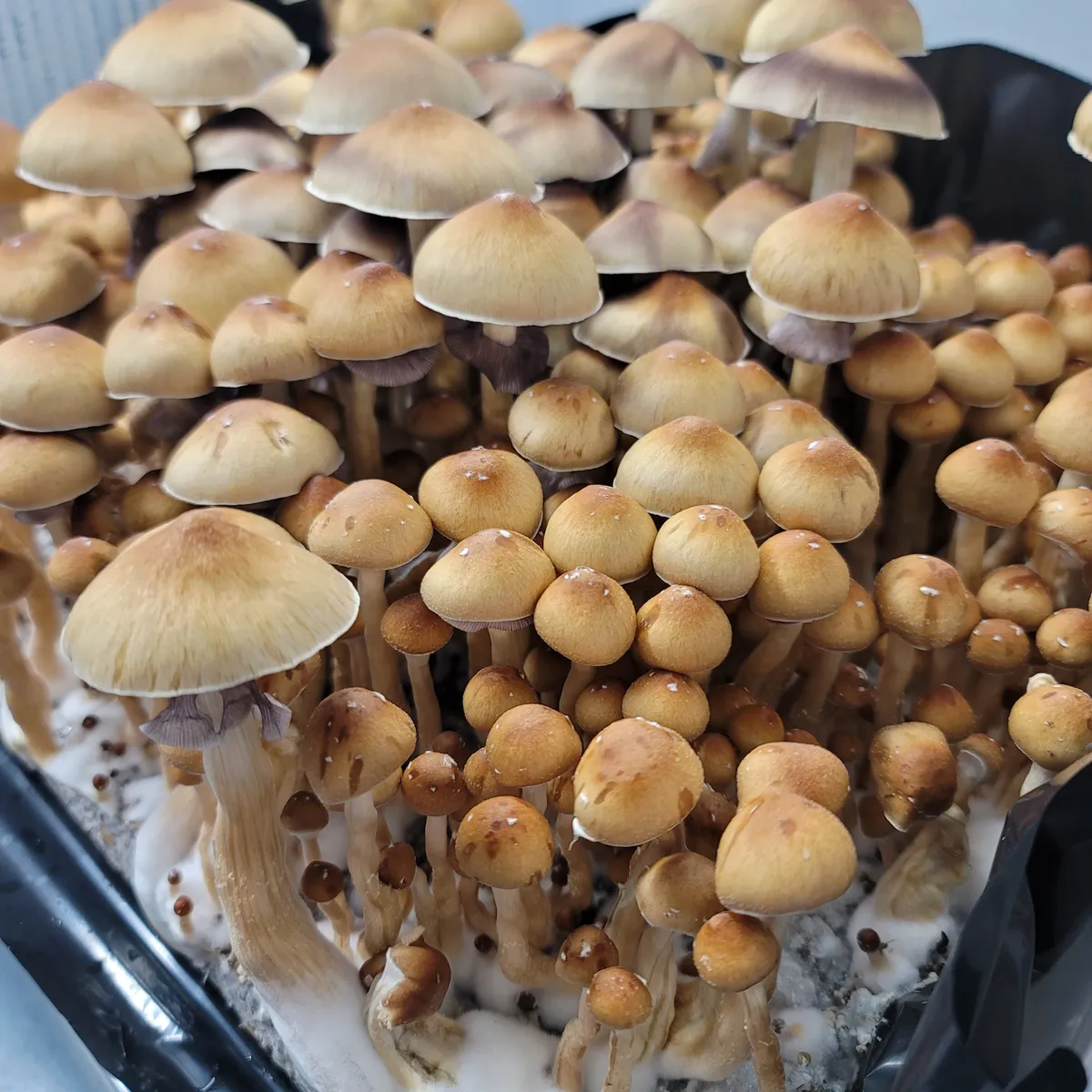 |
Fiji
| |
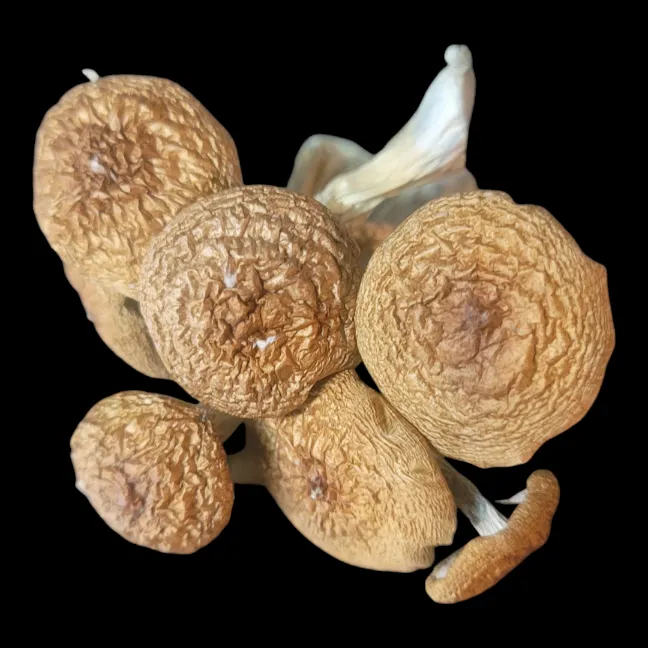 |
Golden Teacher
| |
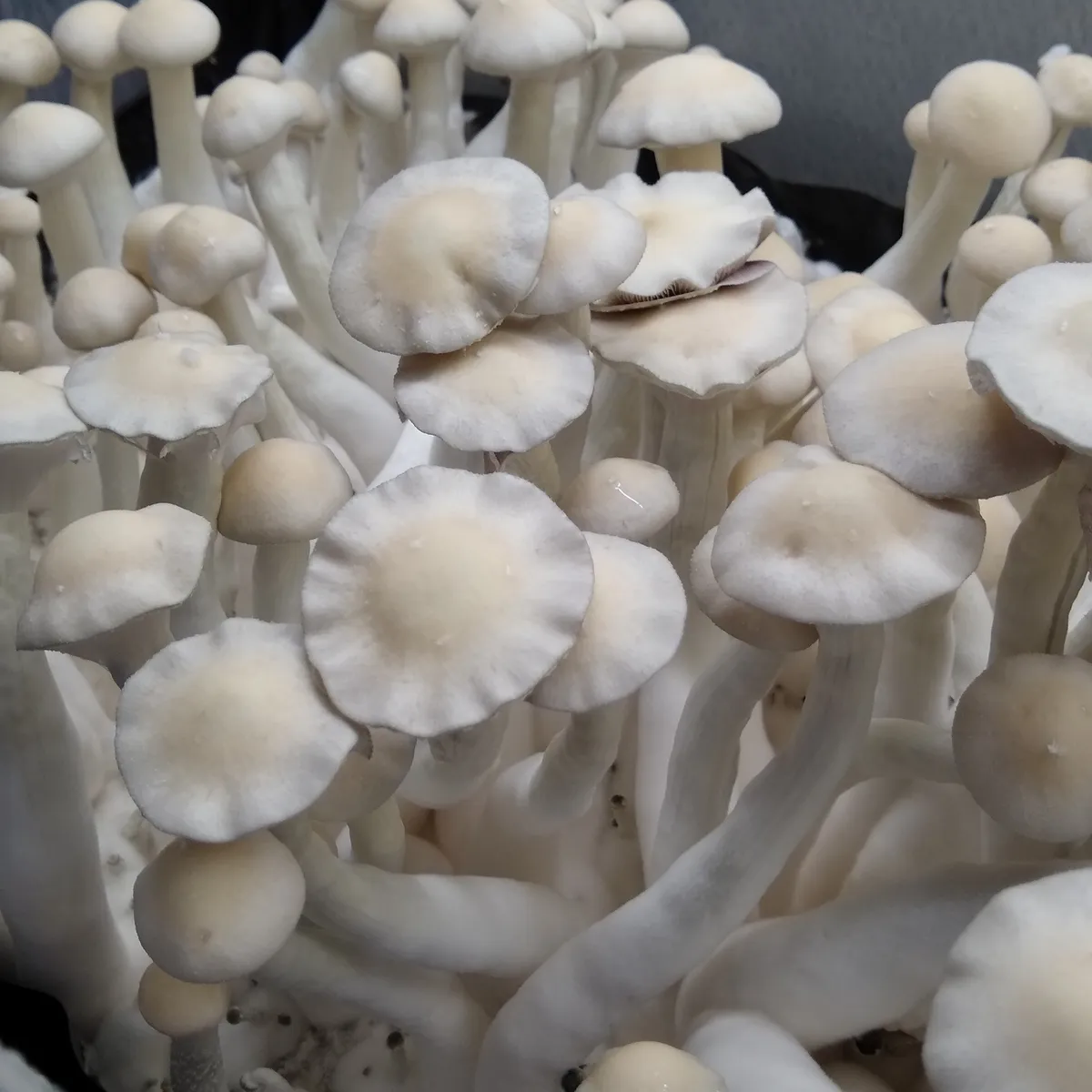 |
Leucistic Burma
| |
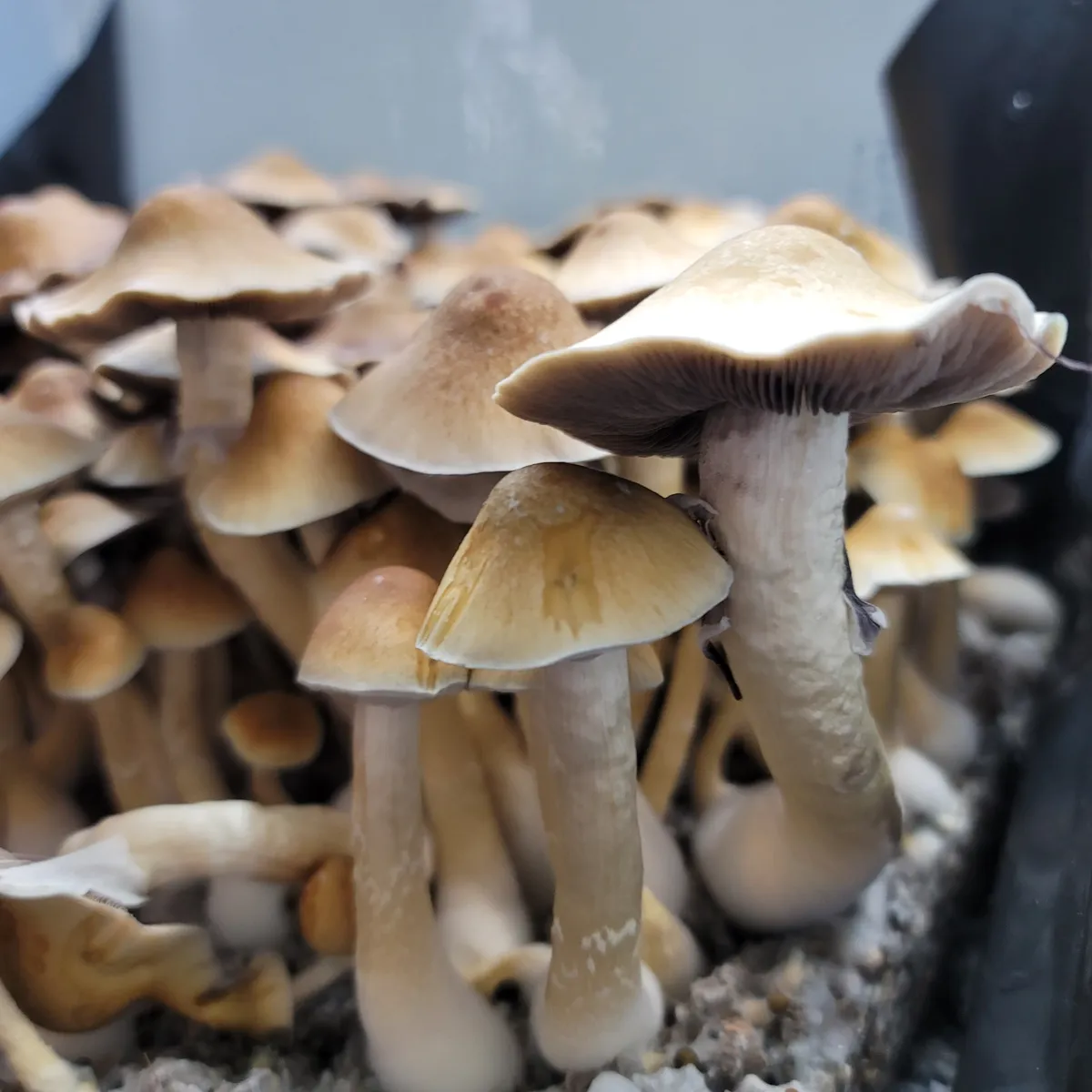 |
Machine Elf
| |
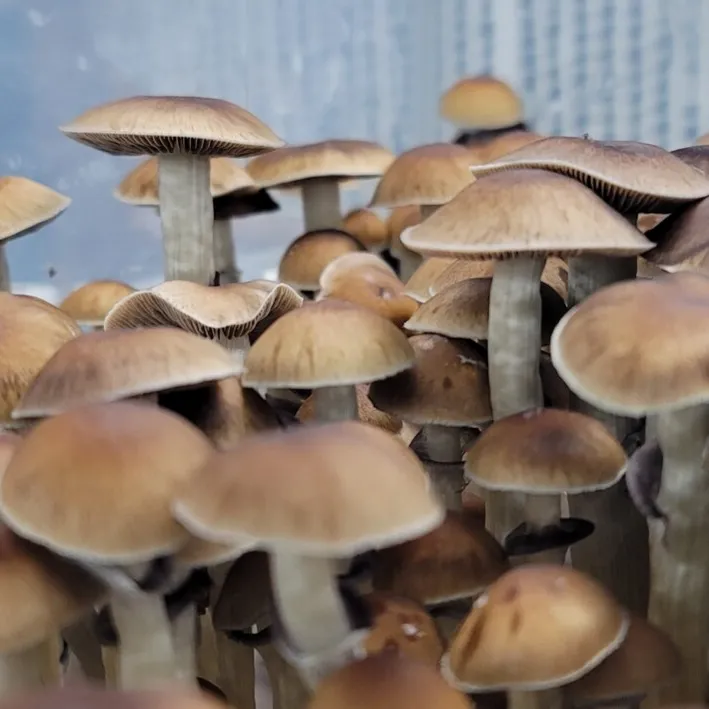 |
Mazatapec
| |
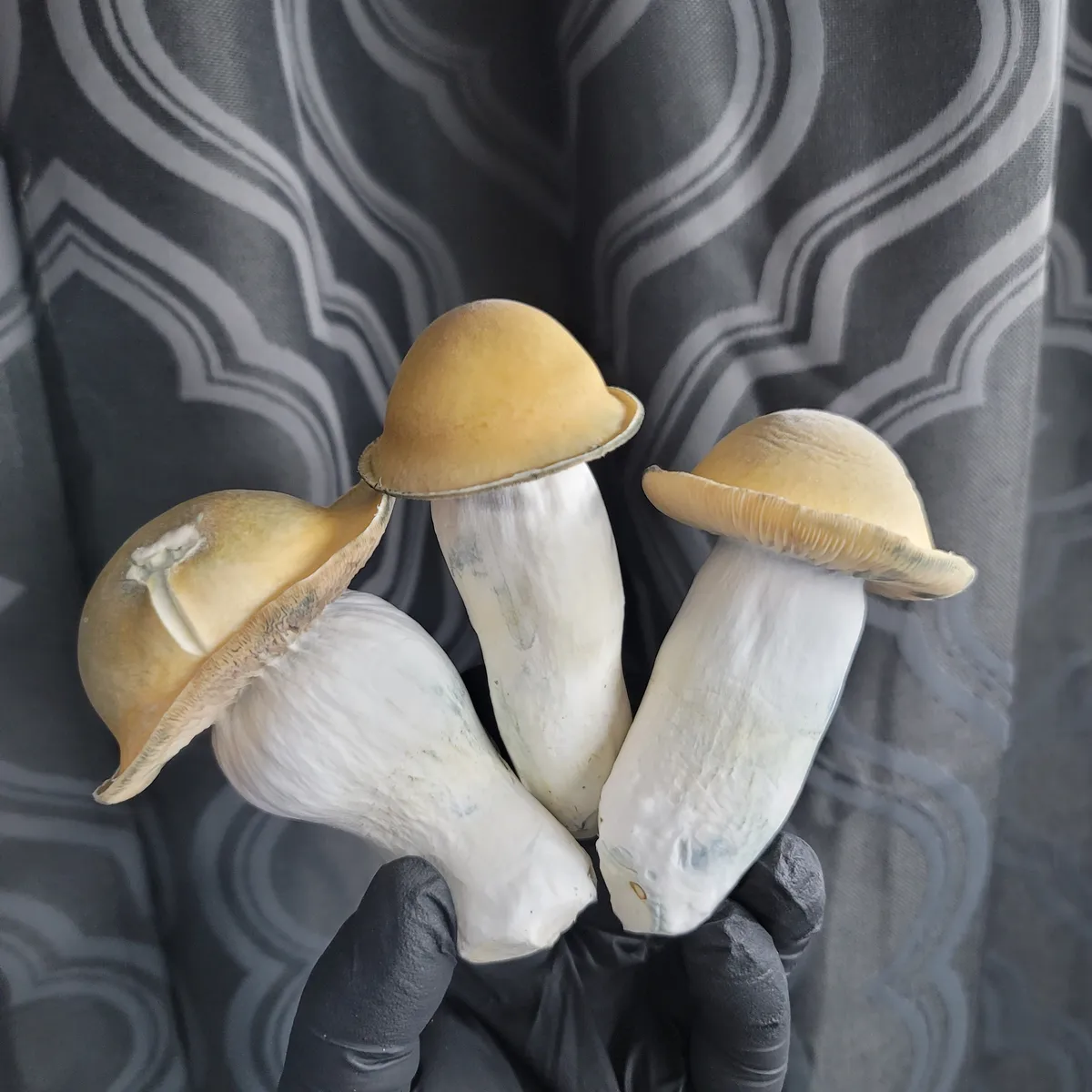 |
Penis Envy
| |
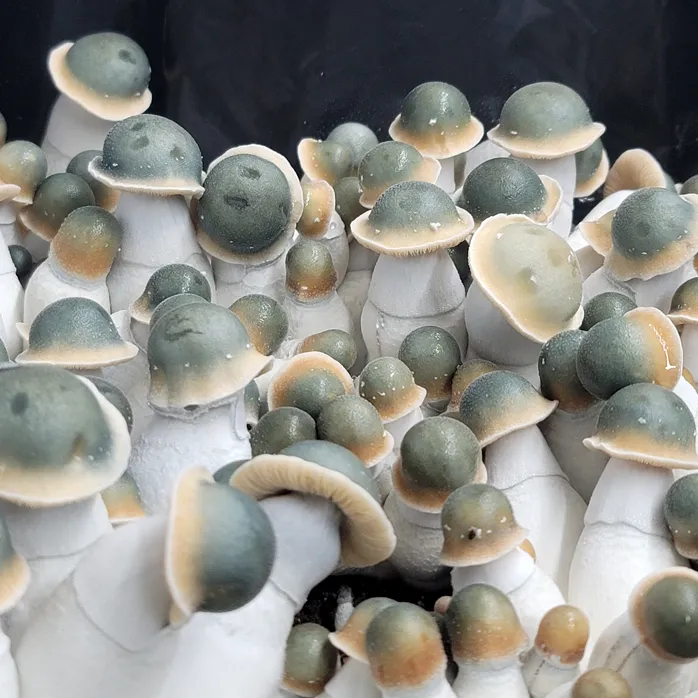 |
Penis Envy Uncut
| |
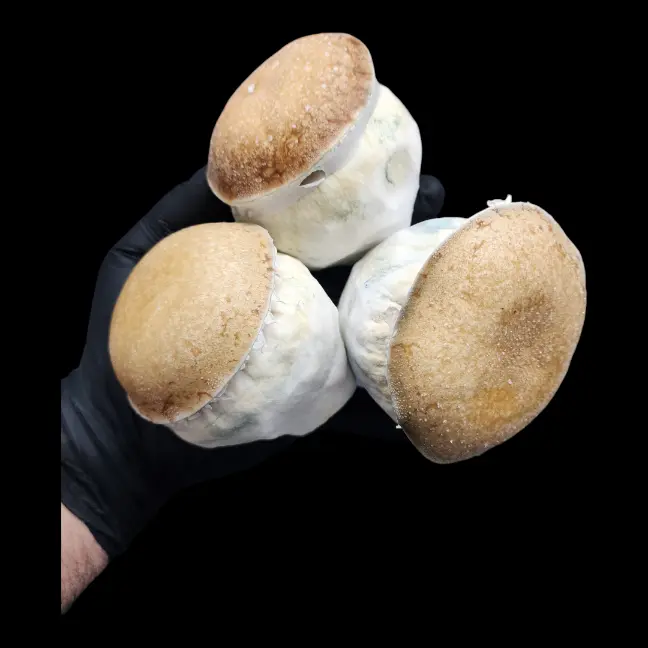 |
Squat Mac
| |
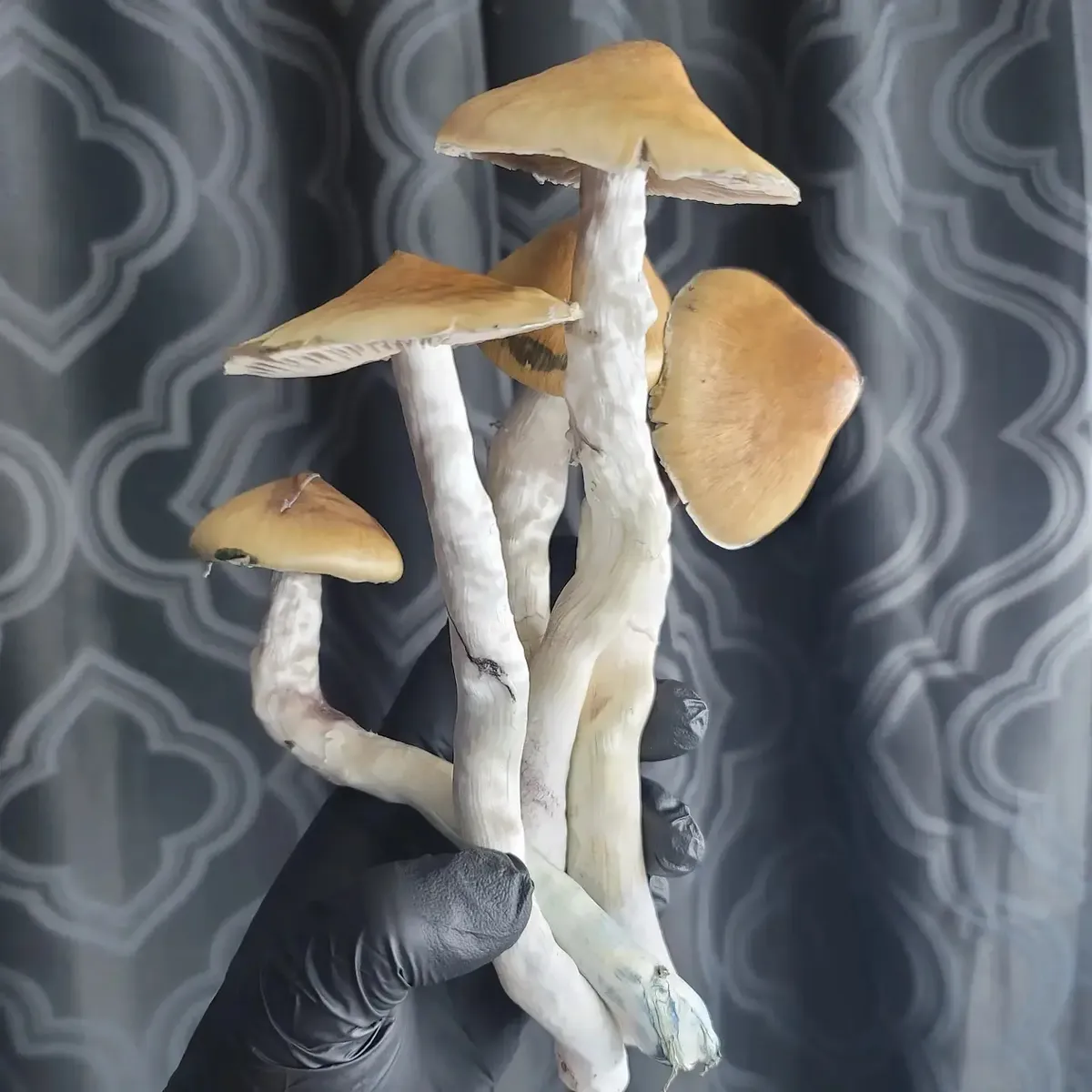 |
Vader
|
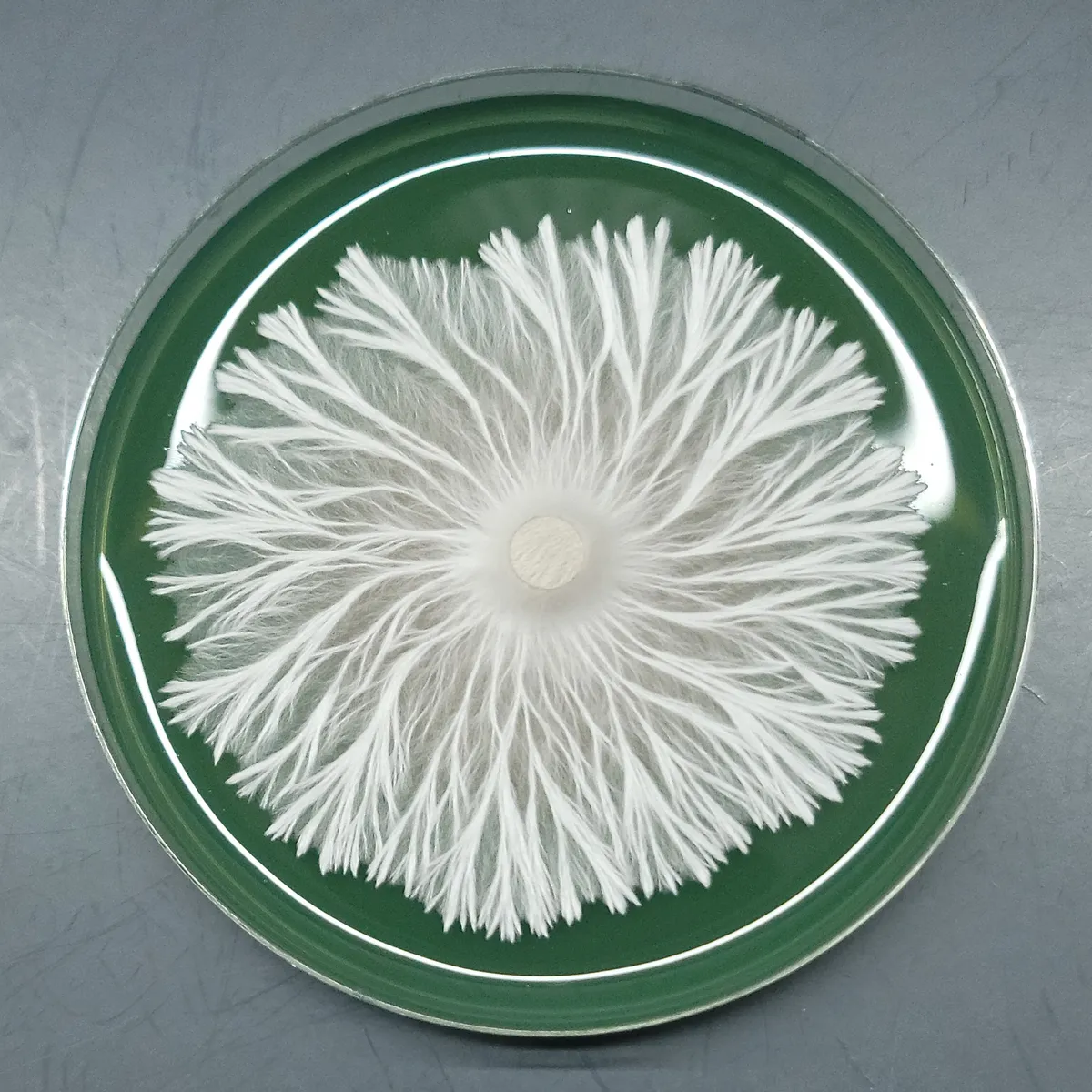
Discover the Hidden World of Mycelium
Step into Mycelium Works, your hub for exploring the fascinating life of fungi from spore to fruiting body. This page uncovers the intricate networks of mycelium that thread through soil, wood, and substrates, sustaining ecosystems and shaping the natural world. Learn how these hidden threads store nutrients, connect organisms, and even outlive entire forests. Through microscopy insights, life cycle walkthroughs, and research highlights, Mycelium Works offers a deep dive into the unseen architecture of fungal life; perfect for curious mycologists, researchers, and enthusiasts eager to understand the magic beneath the surface.
What Does a Spore Look Like?
Mushroom spores are tiny, remarkable structures that carry the genetic blueprint of a fungus. Under the microscope, they reveal a diversity of shapes, sizes, and colors—some round, some oval, some spiny or warty—all reflecting the unique identity of their species. Studying spores offers a window into fungal morphology and taxonomy, helping enthusiasts and researchers distinguish strains, track genetics, and understand the microscopic world that drives mushroom growth. Whether you’re exploring Psilocybe, Panaeolus, or exotic species, spores hold the clues to their lineage and potential.
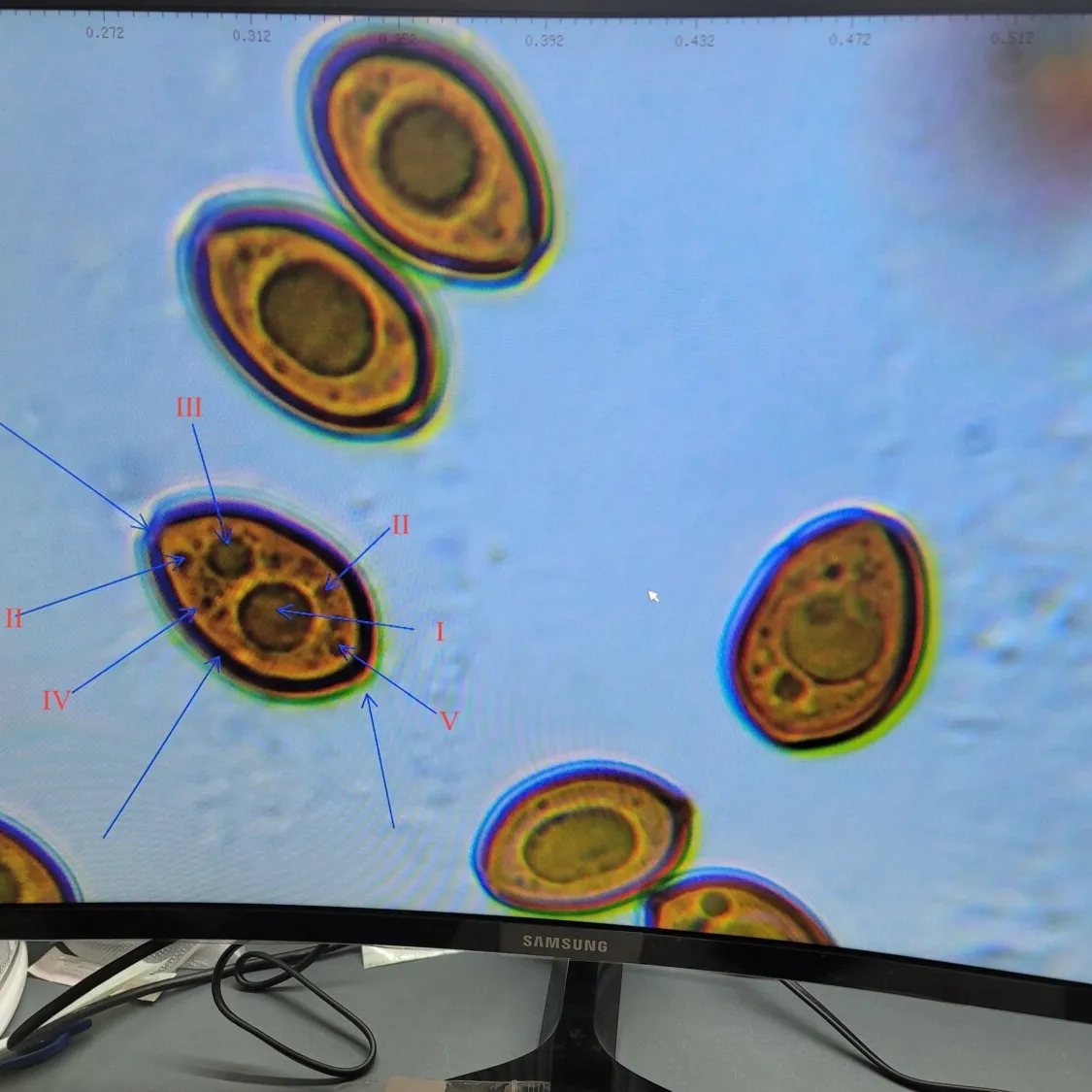
Psilocybe Mushrooms of the Pacific Northwest
|
Woodlover Psilocybe |
Name
|
Bio Pages |
|---|---|---|
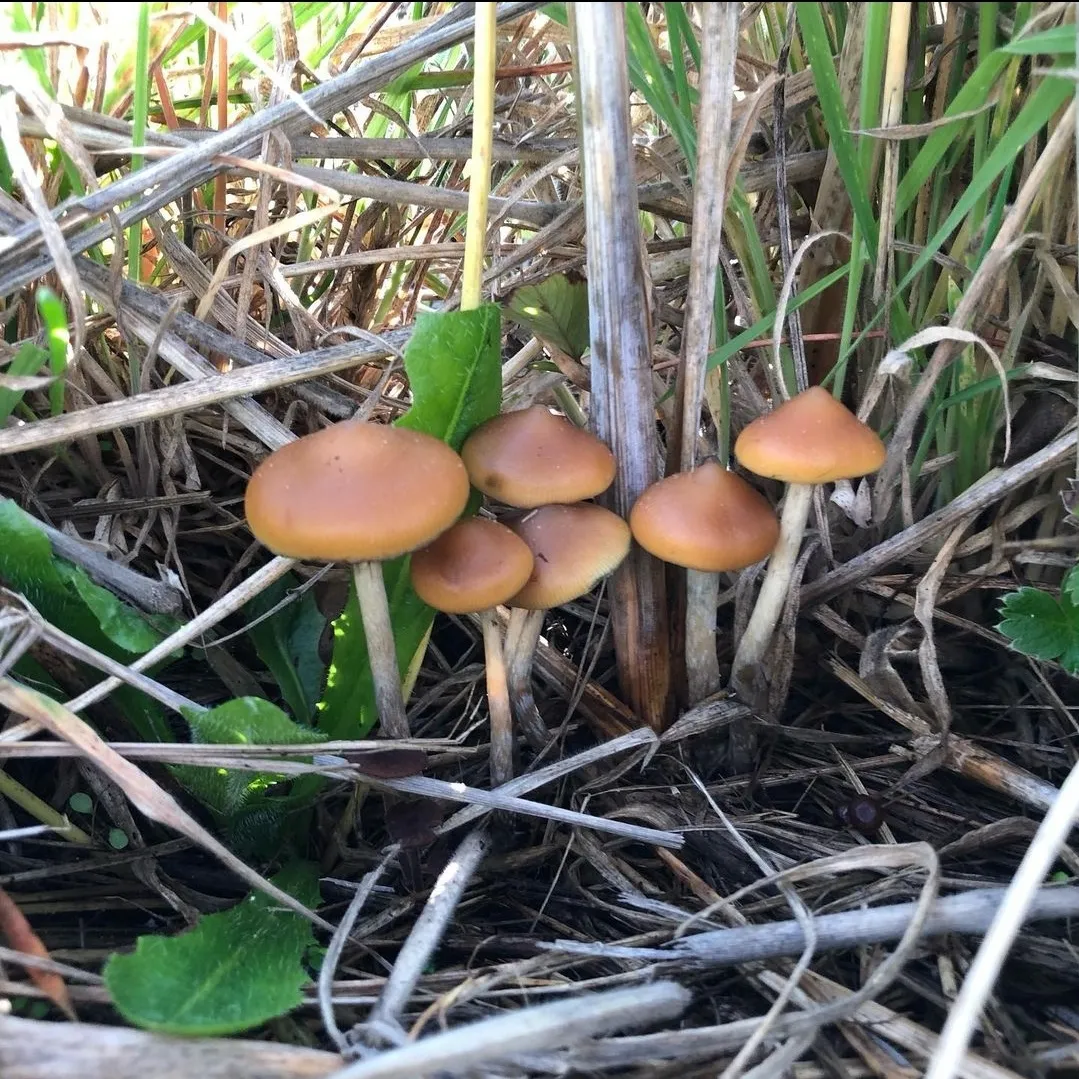 |
Psilocybe Azurescens
|
|
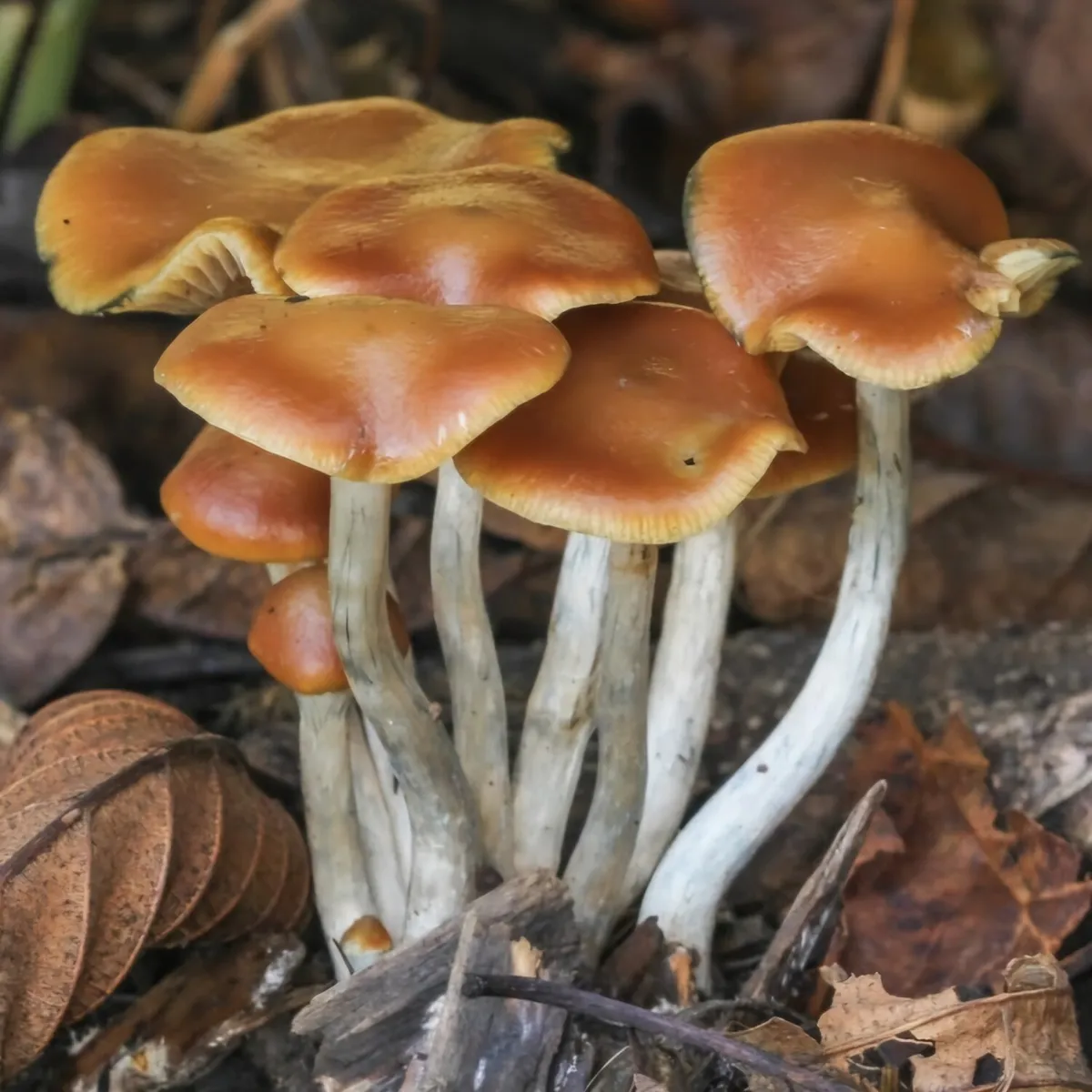 |
Psilocybe Cyanescens
|
|
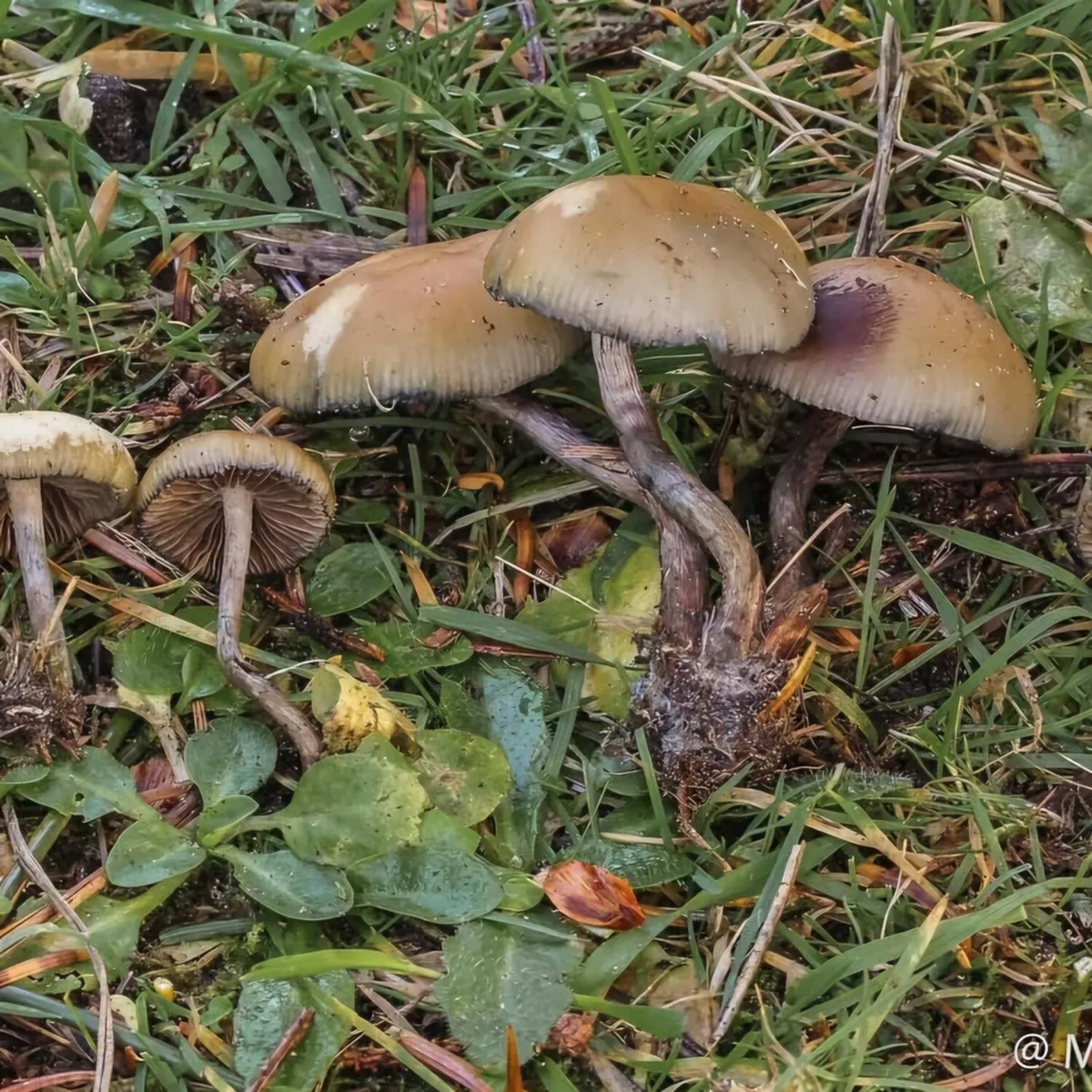 |
Psilocybe Allenii
|
|
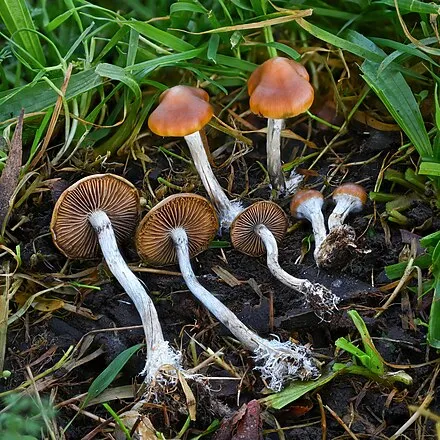 |
Psilocybe Subaeruginosa
|
|
Explore Rare Mushrooms
Somewhere between the foothills of southern Mexico and the rainforests of Central and South America, the ground tells stories most people never hear. Hidden in gullies where water drifts lazily over volcanic rock and soil, unique Psilocybe species carve out their lives in plain sight, yet invisible to the casual hiker. Among them, Psilocybe Hoogshagenii stands out; its subtle elegance belying the rare, delicate environment it calls home. These aren’t your average backyard mushrooms; they’re the product of rich soils, tropical humidity, and generations of survival against all odds. For those willing to get their boots muddy and their hands wet, the rainforest reveals its microscopic treasures, each one a testament to the audacity and persistence of life.
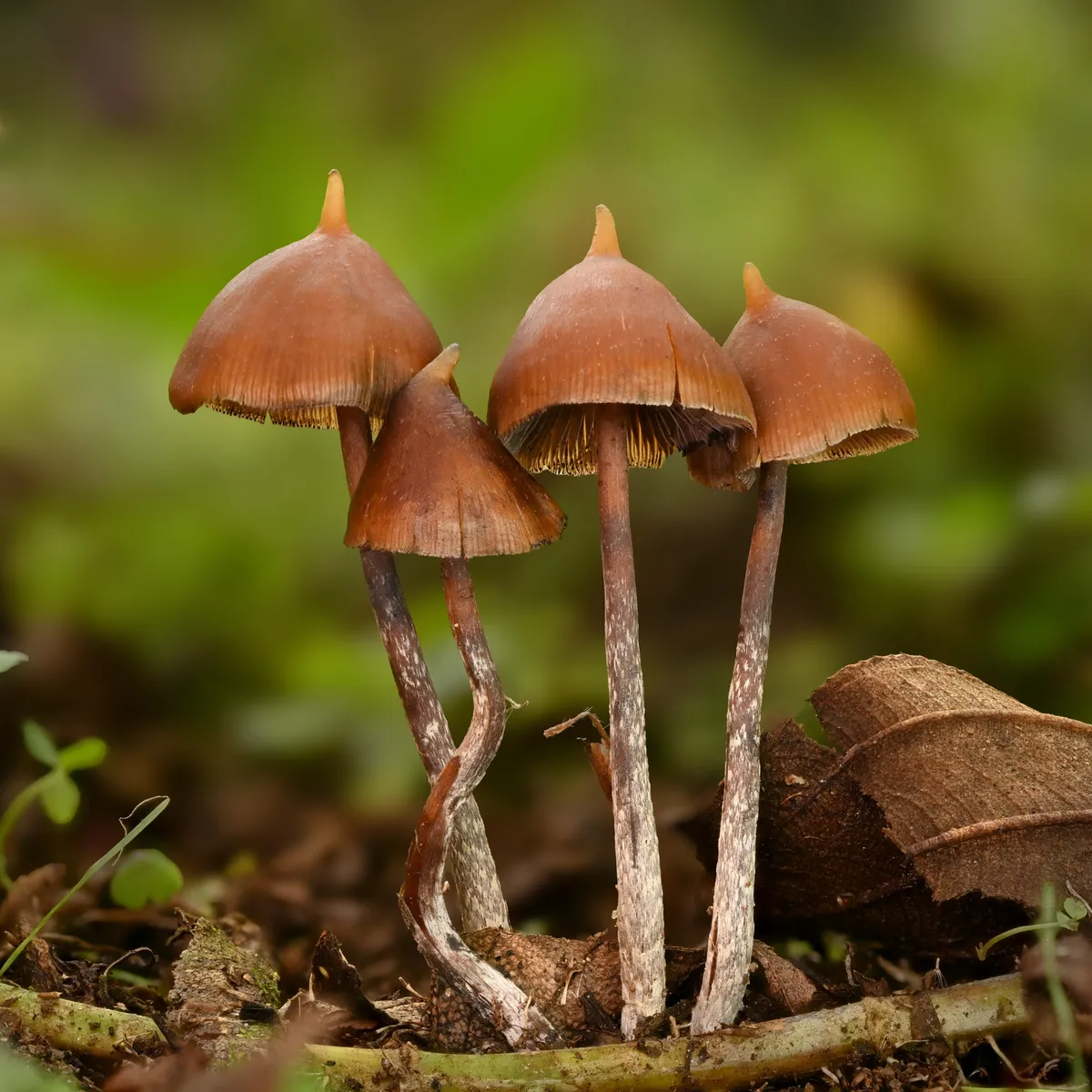
Mushrooms from the Cloud Forests
|
Rare Psilocybe |
Name
|
Bio Pages |
|---|---|---|
 |
Psilocybe Hoogshagenii
|
|
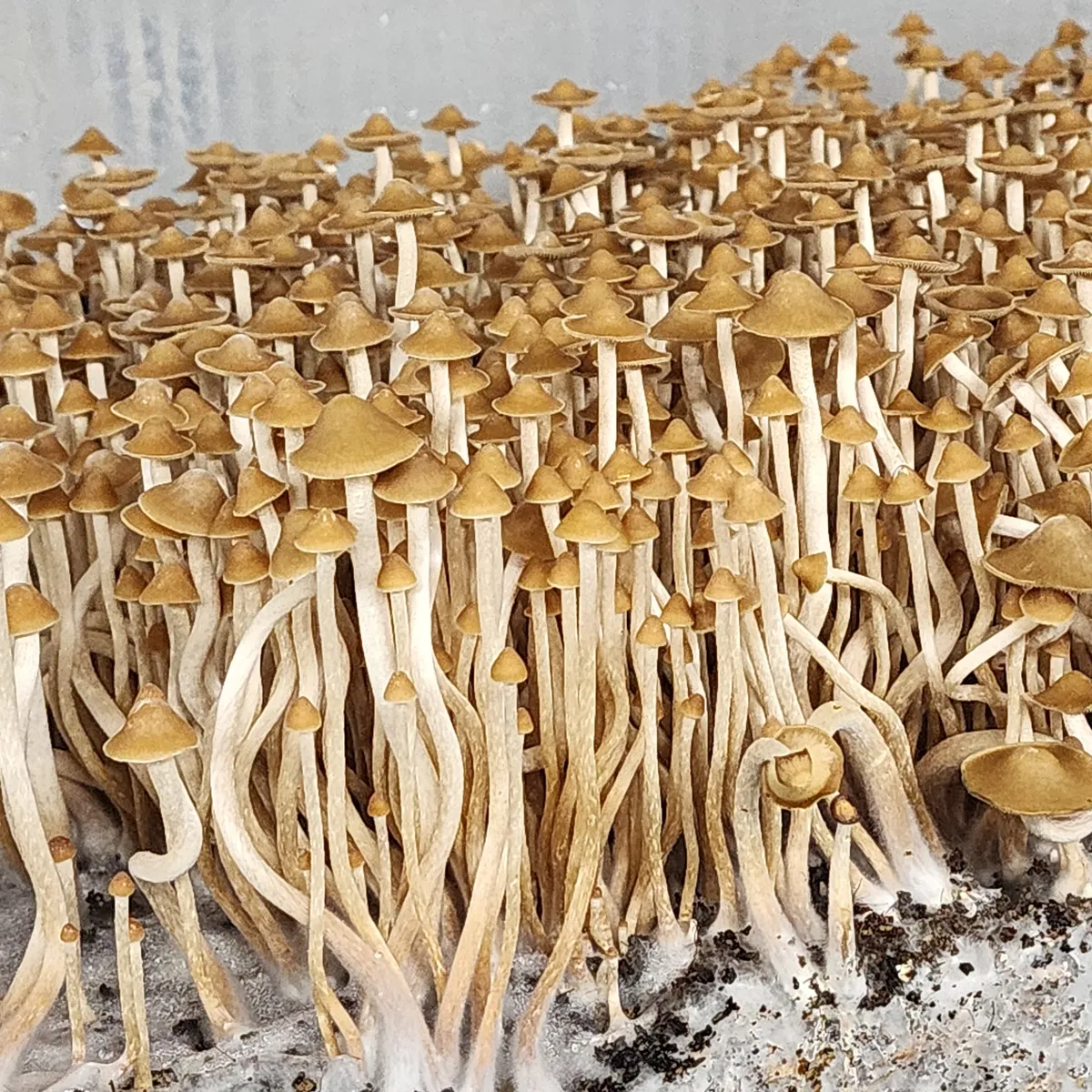 |
Psilocybe Subtropicalis
|
|
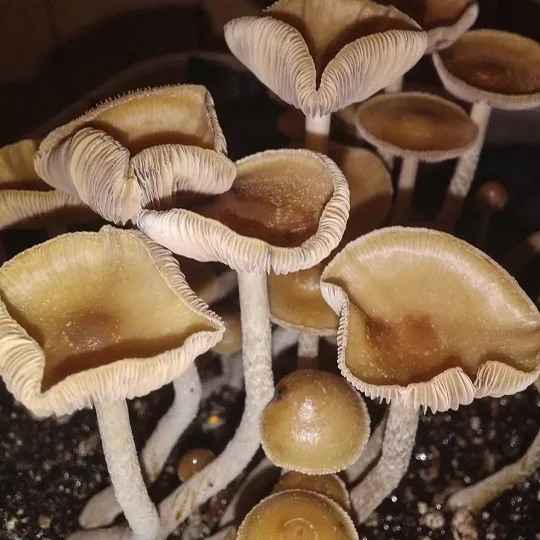 |
Psilocybe Zapotecorum
|
|
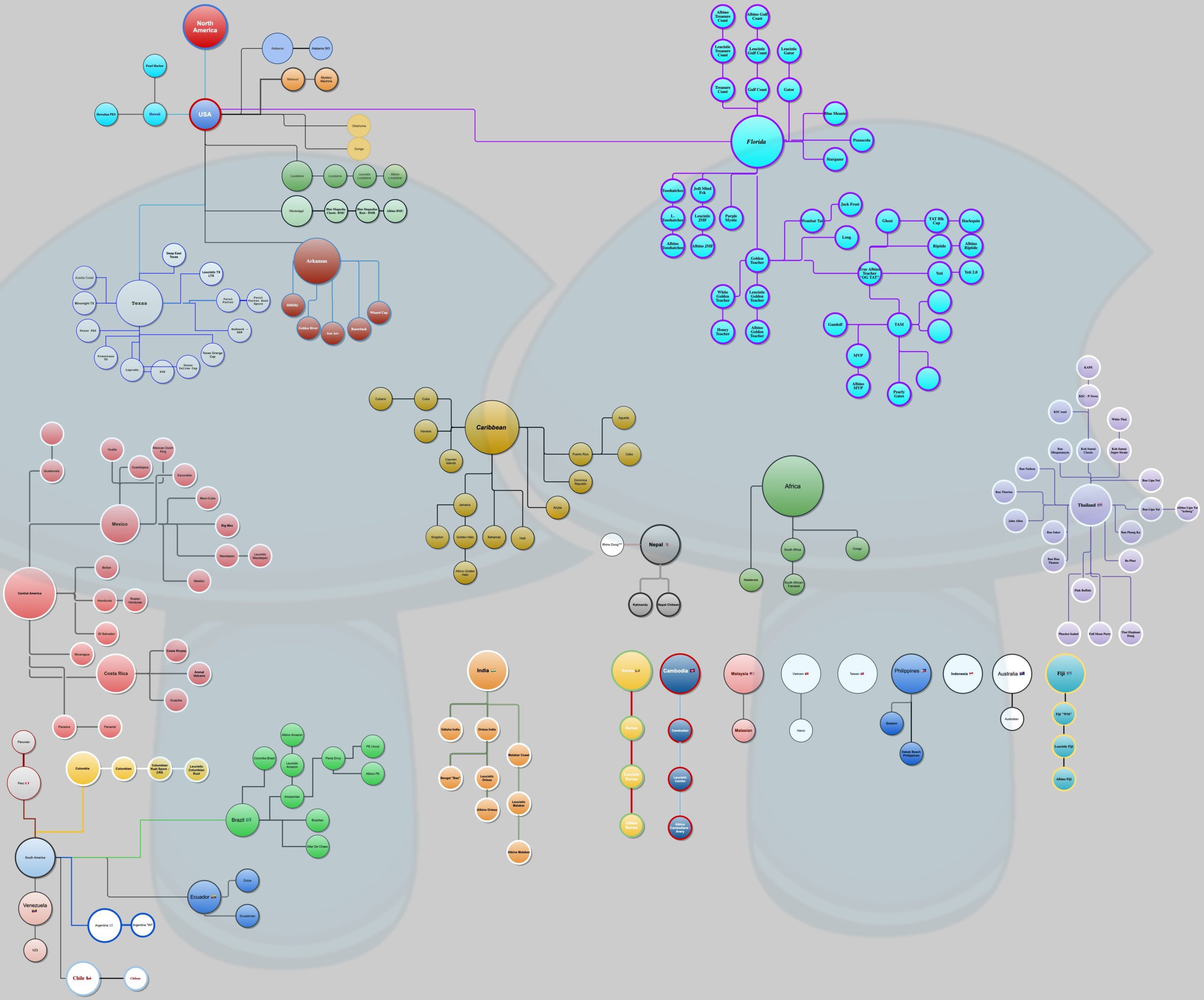
Basidium Equilibrium has meticulously mapped and tracked the origins of both classic and modern cultures, offering valuable data and insights.
Below the Surface: Sclerotia-Producing Psilocybes
|
Sclerotia-Producing Psilocybes |
Name
|
Bio Pages |
|---|---|---|
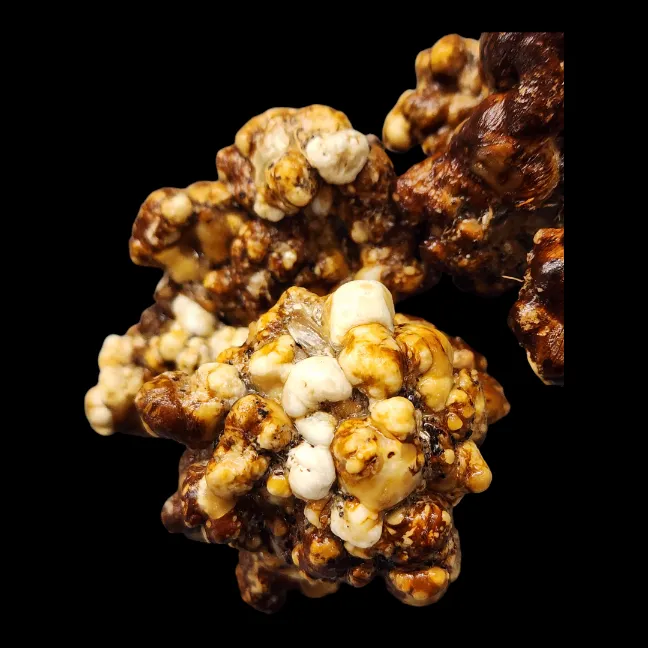 |
Psilocybe Tampanensis
|
|
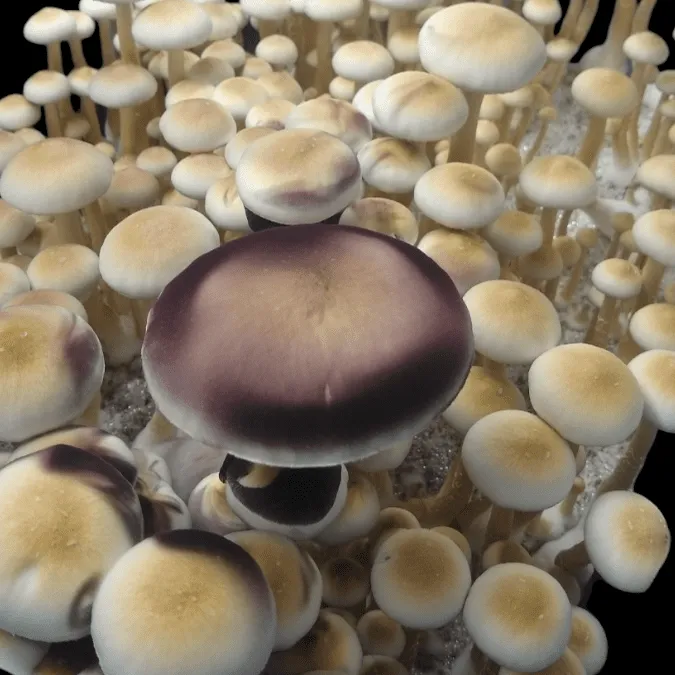
The Fascinating World of Psilocybe Species
Immerse yourself in the history, educational resources, and in-depth articles that uncover the secrets of Psilocybe species. Learn about their unique characteristics, growth patterns, and the habitats in which they thrive.
